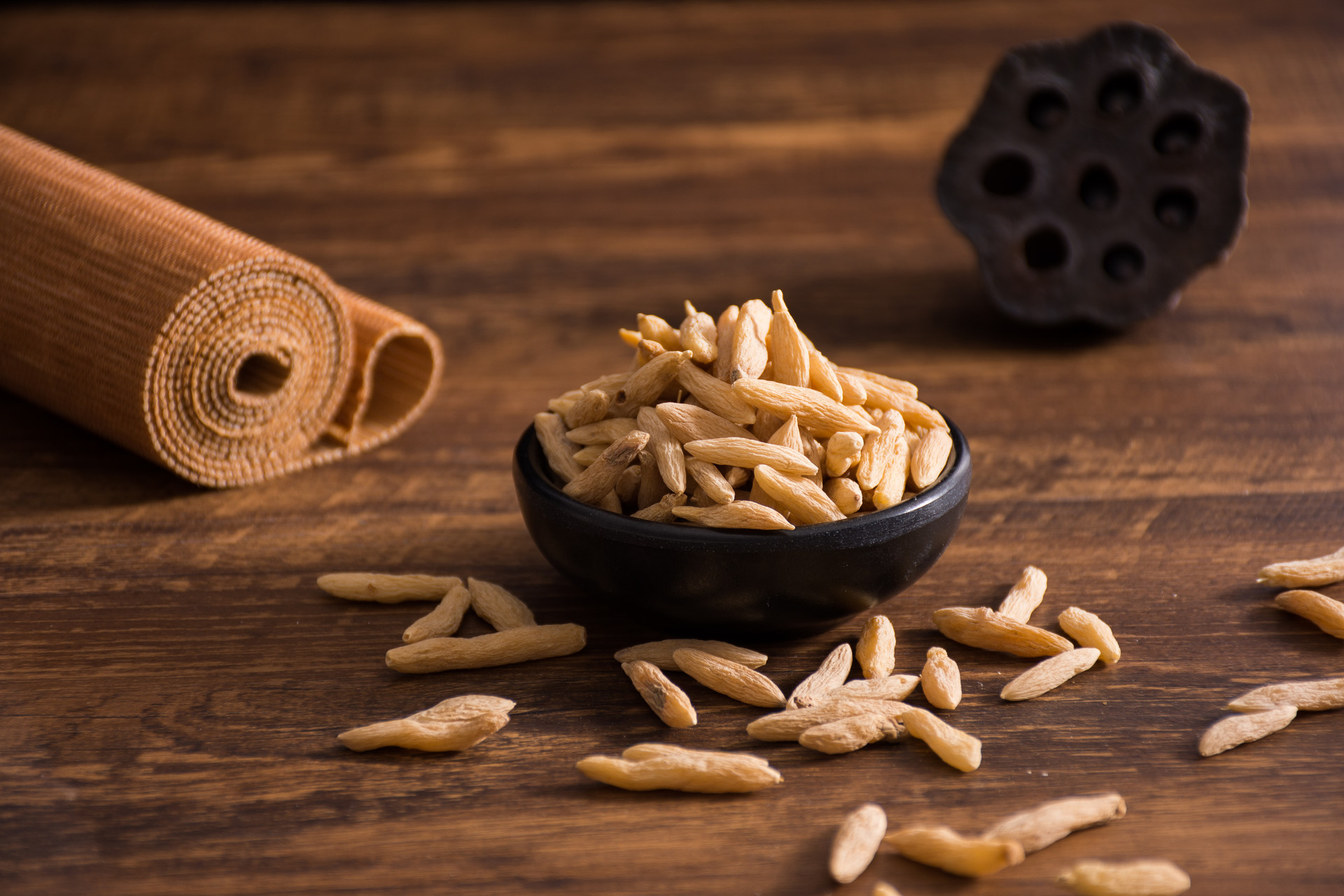Blood-filled grass, also known as bone-setting grass or bone-setting medicine, grows in damp areas of open wilderness and sparse forests. It is distributed in Yunnan, Ningxia, Tibet, Qinghai, Guizhou, Gansu, Shaanxi, Sichuan and other parts of China. It has the effect of promoting blood circulation and relieving pain, and is very effective in treating bruises and injuries.
Blood-filled grass image
Morphological characteristics of blood-filled grass
Blood-filled grass is a perennial tall herb or semi-shrub, reaching a height of 1-2 meters. The roots and rhizomes are red and have a red juice when broken. The stem is herbaceous and has distinct ridges. The leaves are odd-pinnate and opposite; with leaf-like or strip-like stipules; 3-5 pairs of leaflets, elongated elliptical, long ovoid, or lanceolate, measuring 4-15cm in length and 1.5-2.5cm in width;
The apex is gradually pointed or obtuse, the base is asymmetric, flat or broadly wedge-shaped, with serrated edges. Both sides are sparsely covered with coarse hairs, and the veins have denser hairs. The base of each leaflet is often connected along the petiole with a pair of small leaflets, and sometimes also connected to the apical leaflet; the stipules of the leaflets degenerate into glandular protuberances.
Blood-filled grass image
The inflorescence is terminal, in umbel form, about 15cm long; with a peduncle, branching at acute angles into 3-5 parts, initially covered with yellow short soft hairs, and somewhat mixed with glandular hairs; the flowers are small with an unpleasant smell; the calyx is 5-lobed, covered with short soft hairs, the lobes triangular, the lower part fused into a bell shape;
The corolla of blood-filled grass is white, radiate, and 5-lobed; there are 5 stamens, alternate, attached to the mouth of the corolla tube, with swollen bases and yellow anthers; the ovary has 3 chambers, with a very short style and 3-lobed stigma. The fruit is red and spherical. The flowering period is from May to July, and the fruiting period is from September to October.
Blood-filled grass image
Applications of compound blood-filled grass
To treat acute and chronic nephritis: Prepare 50 grams of blood-filled grass, 30 grams of wine bottle flower roots, and 20 grams each of mountain bark and stone pepper grass. Decoction and take orally. This formula has very good therapeutic effects on acute and chronic nephritis.
To treat rheumatic pain and rubella: Use an appropriate amount of blood-filled grass to decoct and wash the affected area externally. This formula can be used to treat patients with rheumatic pain and rubella.
To treat infantile paralysis and bruises: First, use plum blossom needles to puncture the affected area, then grind the fresh stems and leaves of blood-filled grass, and wrap them with wine after pounding. This can effectively treat infantile paralysis and bruises.
Blood-filled grass image
To treat fractures: Use an appropriate amount of fresh blood-filled grass, pound it into a paste, and apply it with wine or boiled water. This can assist in the treatment of fractures.
To treat edema: Use 15-25 grams of tender leaves and root bark of blood-filled grass, cook with tofu, and take orally. This formula can be used to treat edema.
To treat rectal bleeding and prolapse: Prepare blood-filled grass, black lock plum roots, and mangzhong flower roots, cook with pork and eat. This can be used to treat rectal bleeding and prolapse.












